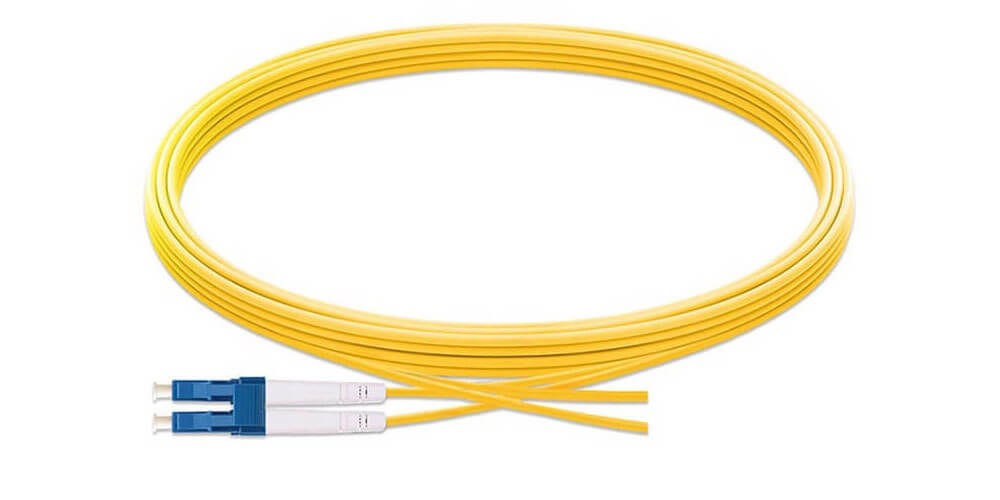The digital age relies on speedy access to data and information. A significant part of the network needed to move this information is the optical shiningfiber cable. The fiber optics cables, which use light pulses harvested from lasers to transfer data and support telecommunications, are made from a glass core. They also have peculiar advantages over conventional copper wiring.
In the past five years, common safety concerns have been highlighted in various cabling industry training platforms. However, fiber optic safety is still taking a backseat to significant safety concerns. According to many experts serving in this industry, the sector downplays primary safety measures you should take in the fiber safety sector. It is, therefore, not seen as an issue.
Features
Fiber optics have a wider bandwidth with smaller diameters that allow more fibers to be fitted into a given cable diameter. There will be little to no interference between the fibers that happen to be located in the same cables. Therefore, fiber cables offer not just a high quantity of information transfer but quality too.
Do not ignore these signs
Being an electric professional, you may take fiber optic safety lightly. Because fiber optic cables carry no electricity, you may not worry about electrocution. You may not think about personal and property damage because of the fire, given that it is not a direct source of electricity or combustion.
Because its source of light is invisible to your eyes, you may be unsure of when it is transmitting data signals. It is the lack of comprehension that poses a threat to individuals installing and maintaining various fiber optics.
Downsides
a. Difficult to splice
Fiber cables are pretty challenging to splice. Because of the loss of light that comes with the installation, they have extremely limited arcs of cables. Therefore, if bent, they can break.
b. May injure the user
The cables can get accessed via various maintenance holes. Being confined spaces, they can be highly exposed to explosive atmospheres and dangers, thereby injuring users. The dangers linked to handling fiber optic cables also include the fact that flammable gases can exist to burn the user if an arc is used.
Some fibers are also situated on poles. There, risks may include live overhead conductors falling from heights. If they fall, they can cause precarious damage to the eyes, primarily if a lens is used to inspect the infra-red light. The precarious level increases if the Class 11 laser is in operation.
c. May cause skin injury
Besides, handling fiber lasers may result in skin injury from the glass shards. If these risks increase, they may lead to internal organ damage.
Fiber optic cables are cleaned using chemicals. The process should be conducted under strictly ventilated areas. The poor disposal of used fragments is dangerous to human health as it could cut you.
Fiber optic cables are also fragile. They should be protected from any form of accidental damage. Establishing how to work with the cables is pertinent for preventing damage to yourself.
Final Thoughts
As you venture into the use of fiber optics, you need to watch out for the dangers involved in handling these materials. Wear safety gear and watch out for signals of health hazards. It may be helpful to constantly remind yourself of the key points highlighted in this blog post.
